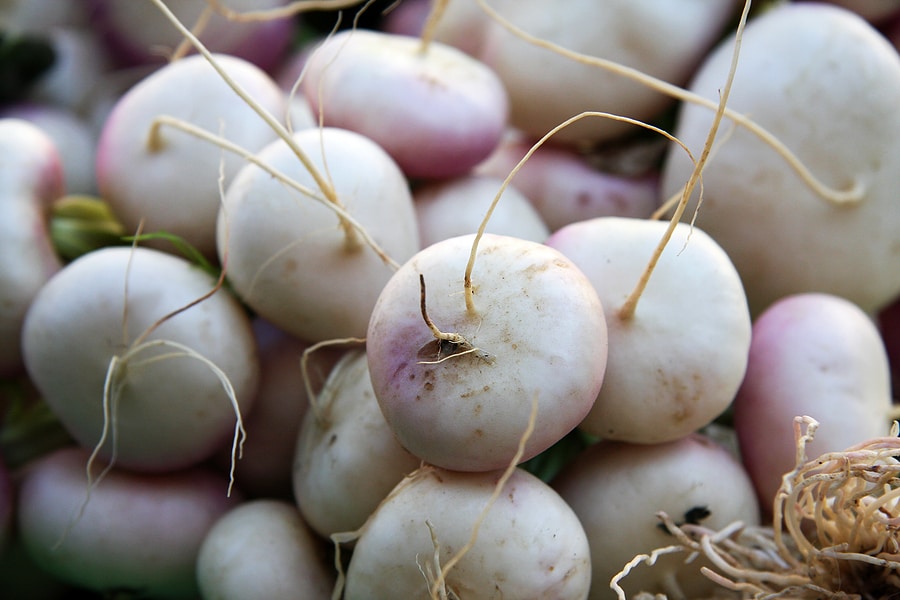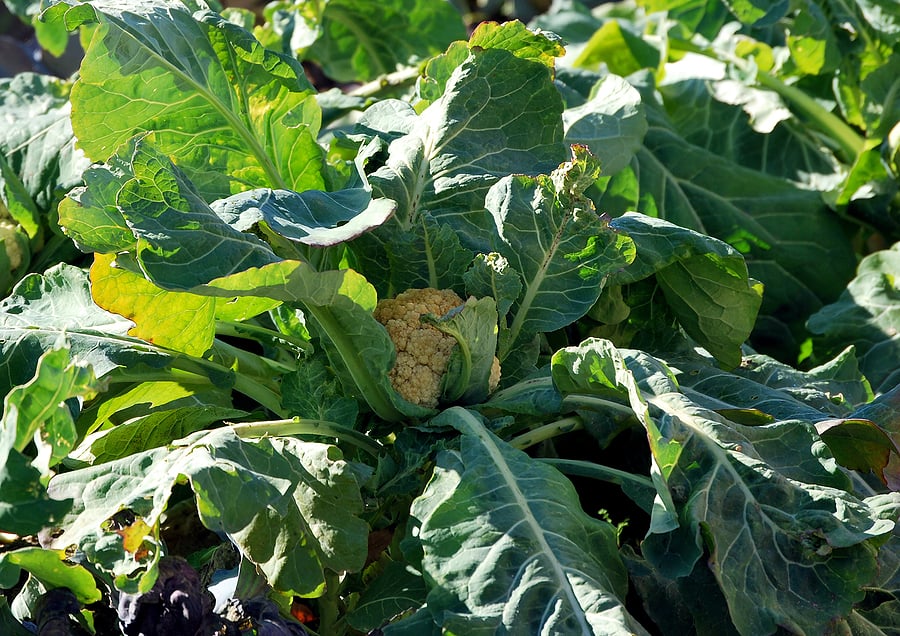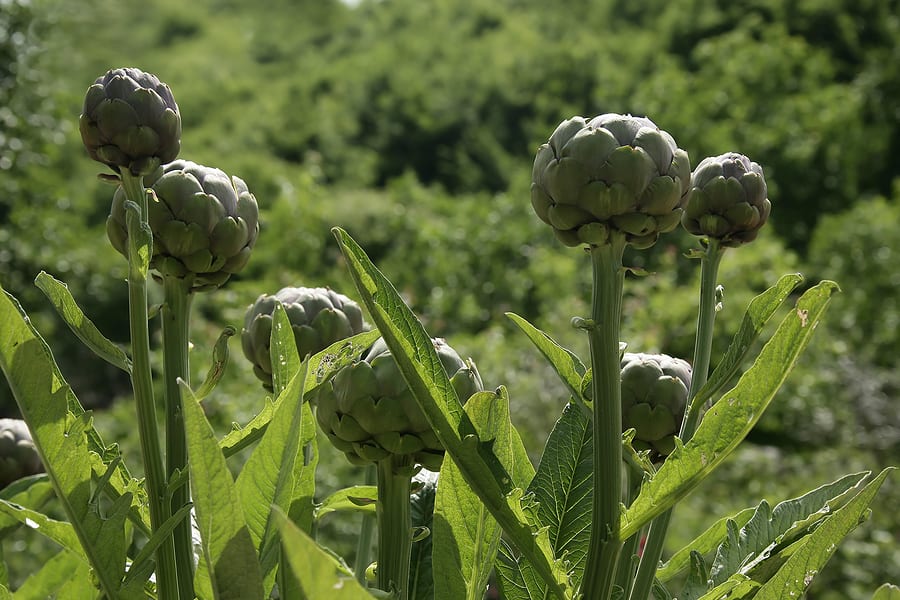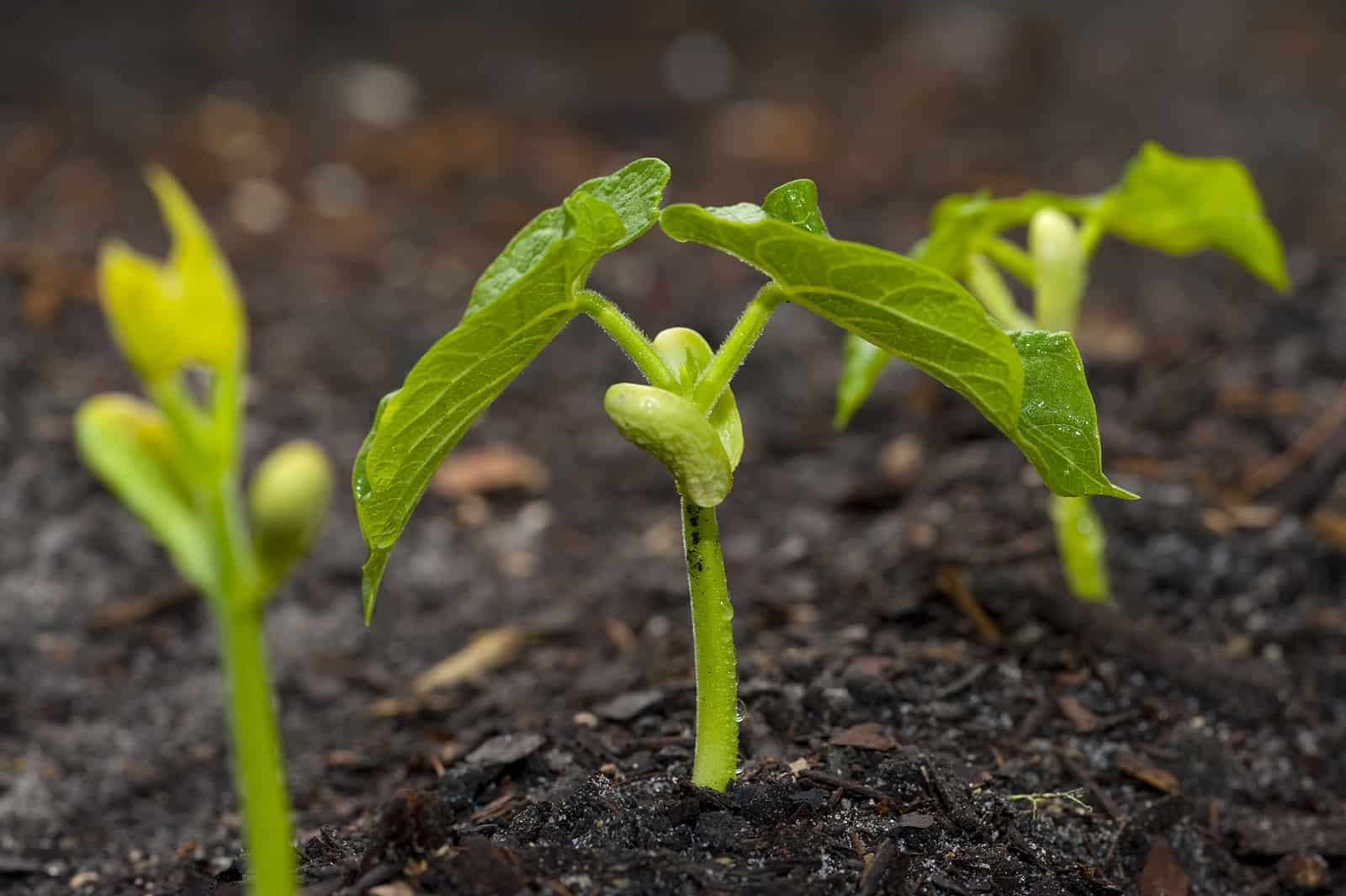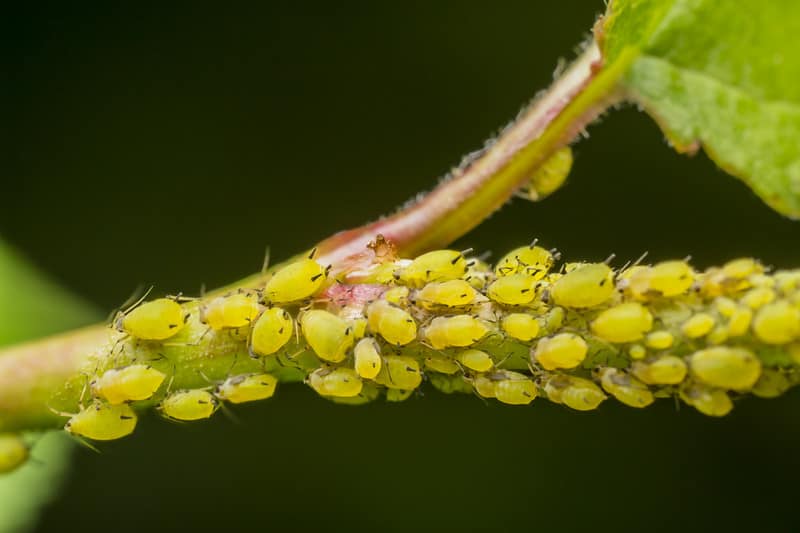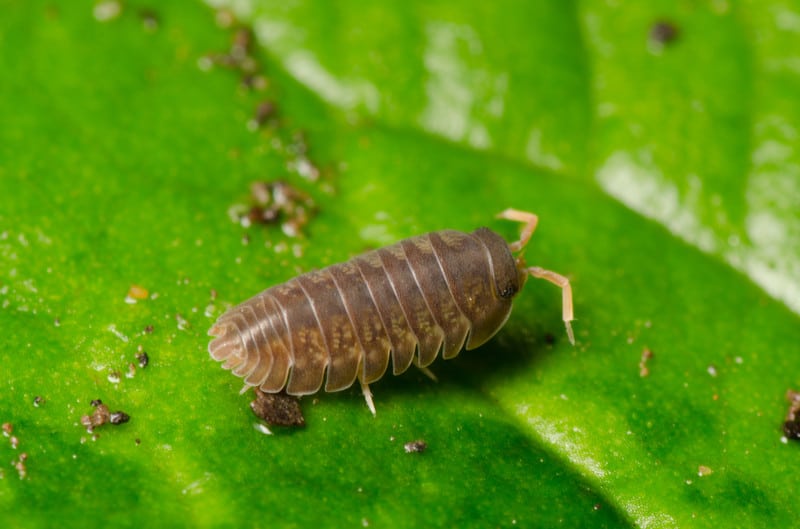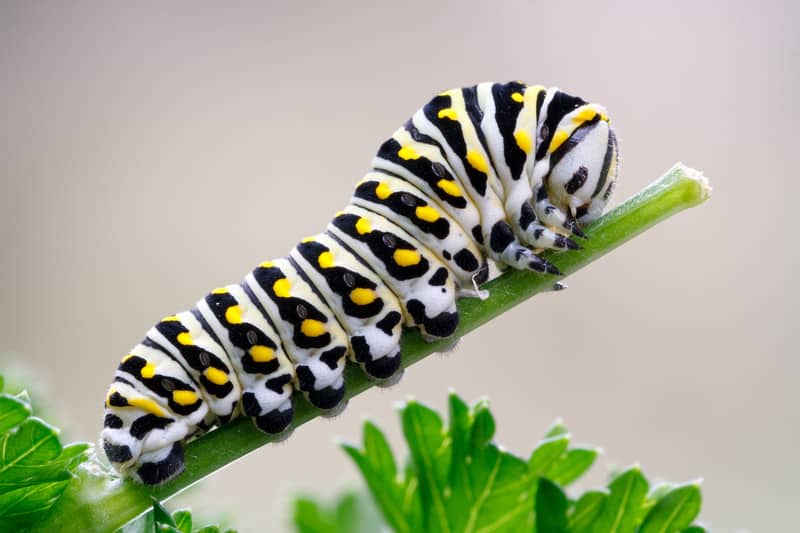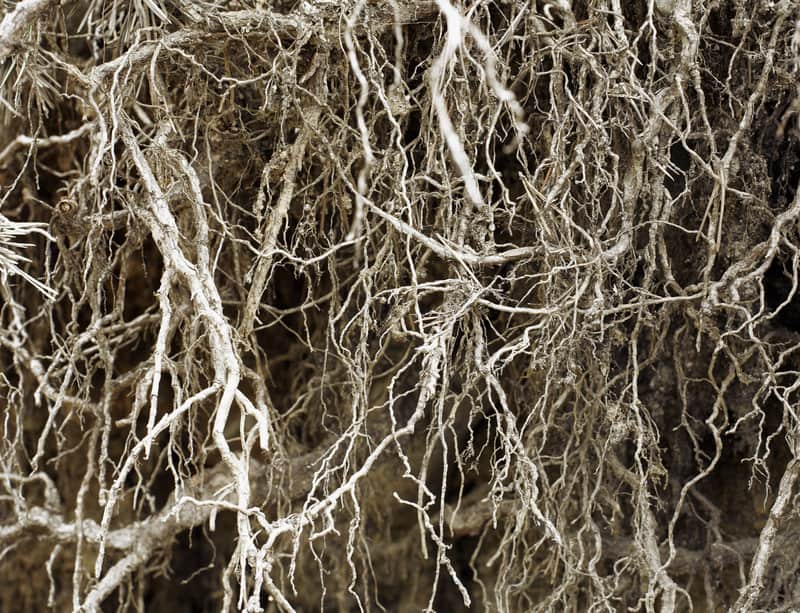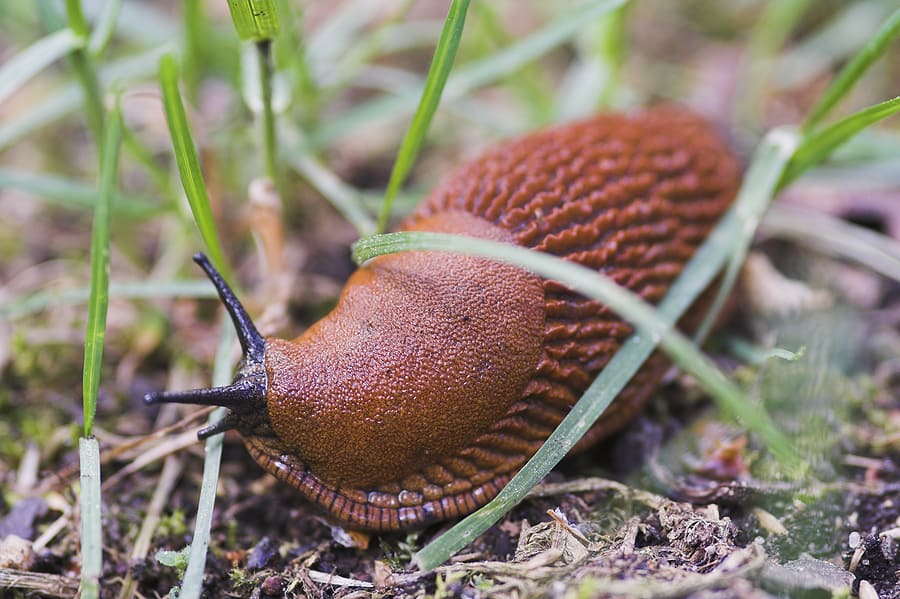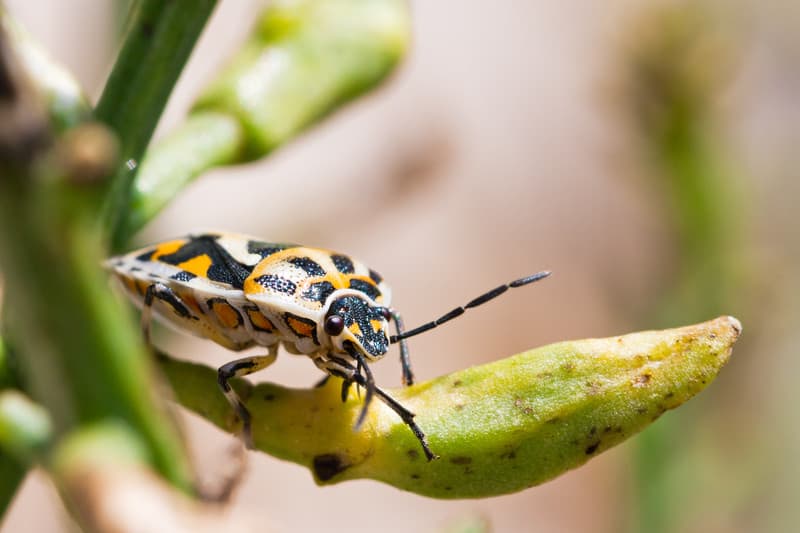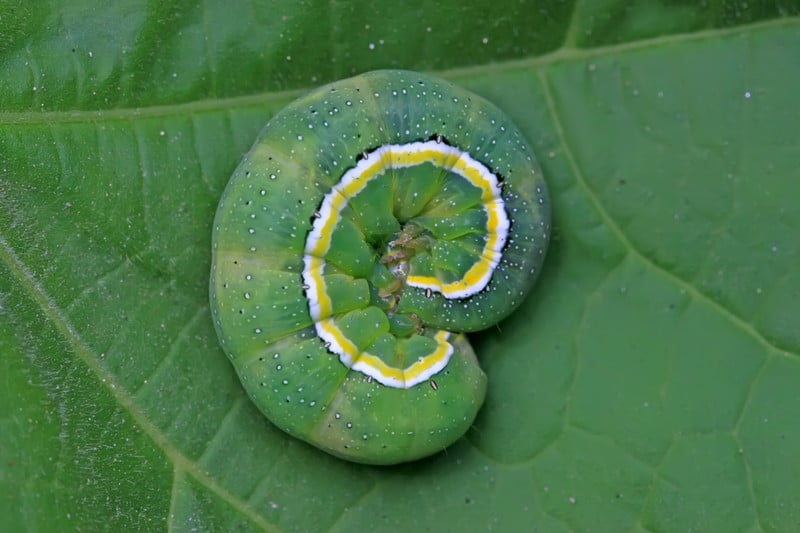Turnip, Rutabaga, Kohlrabi Growing Problems: Troubleshooting
Grow turnip, rutabaga, and kohlrabi in cool-weather. Get these vegetables started early in spring at least two months before the onset of very warm weather, or plant them in late summer so that they come to harvest in the cool days of autumn. Grow turnips, rutabagas, and kohlrabi rapidly–these crops are most flavorful if they […] More

